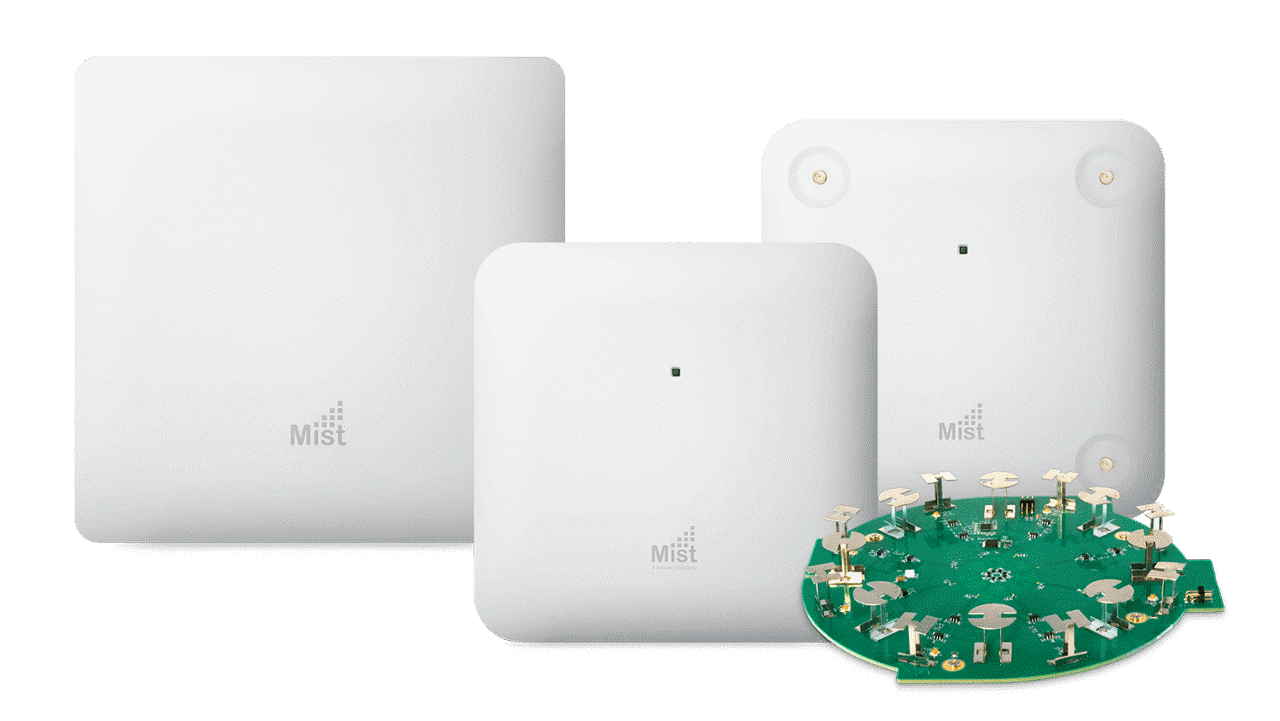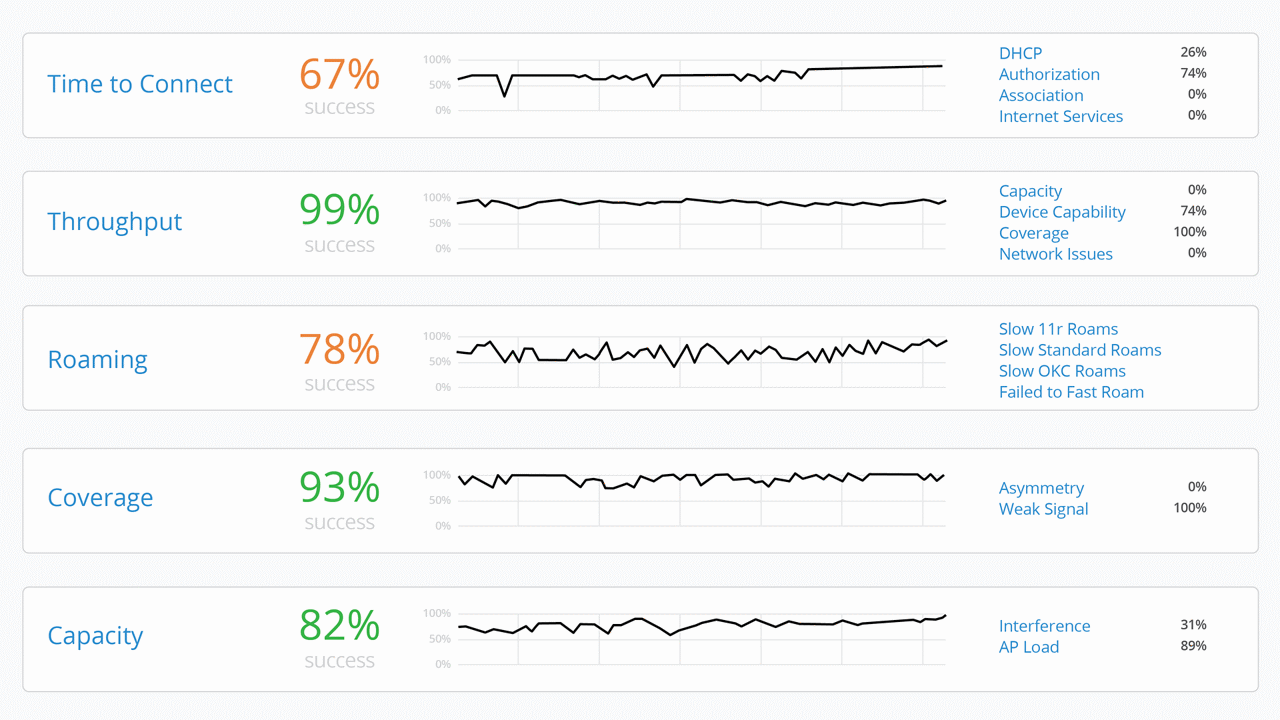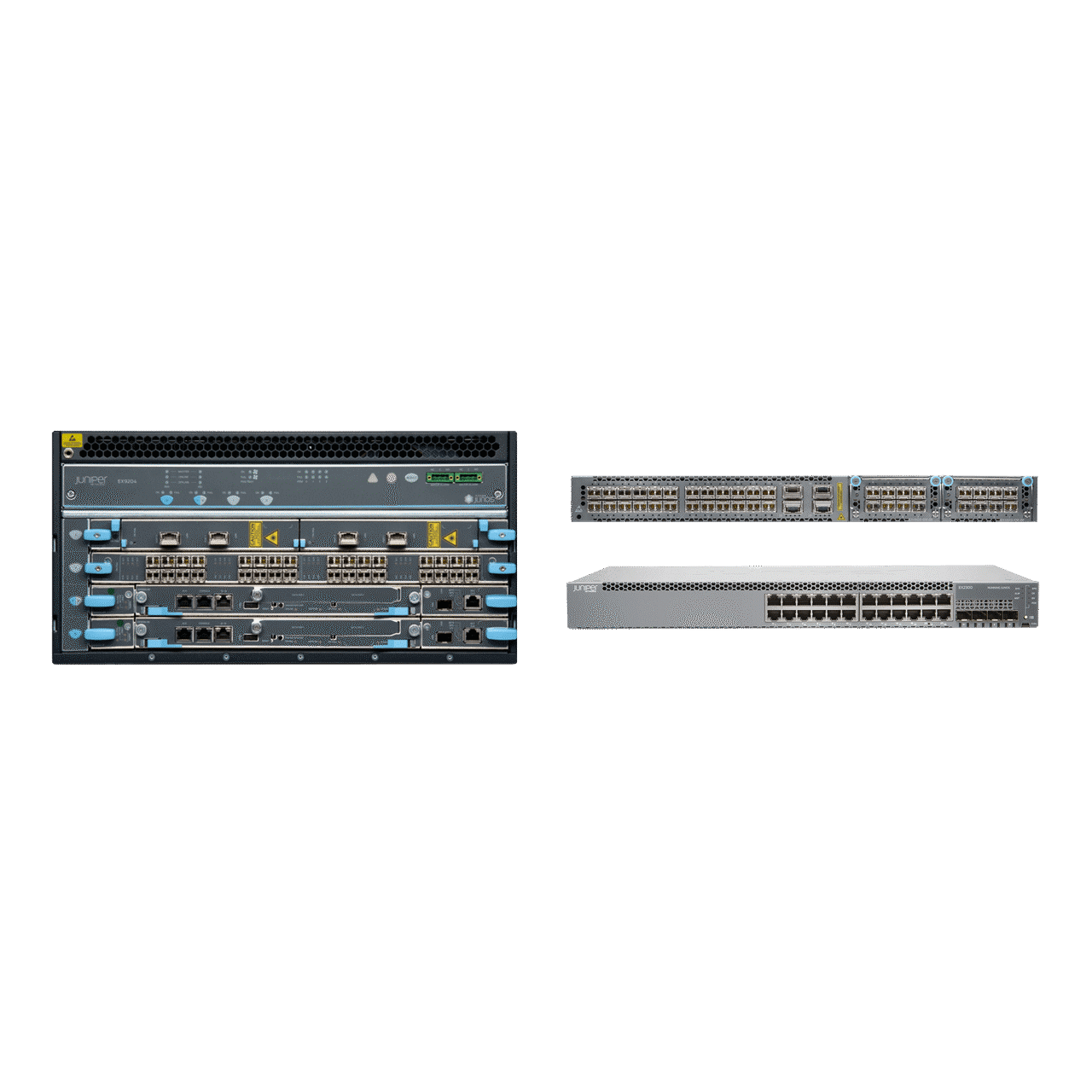Customer Success Story

AI-driven networking keeps students learning in Northeastern Utah in challenging times
Poor Wi-Fi was a simmering frustration at the public schools in Northeastern Utah. “Teachers don’t call when they have problems with the network,” says Mark Houtz, who leads network engineering for Northeastern Utah Educational Services (NUES), which oversees technology for nine school districts and five charter schools in rural Utah.
Since Houtz discovered Juniper® Wireless Services driven by Mist AI™, teachers no longer learn to live with bad Wi-Fi.

6597 students
6597 students in 6 school districts rely on Juniper wired, wireless, and security
40% reduction
40% reduction time troubleshooting
1-2 fewer days
1-2 fewer days per week visiting schools to troubleshoot the network
Rapid rollout of high-density Wi-Fi for safe learning in a pandemic
North Summit was an early adopter of Juniper Mist wireless to support digital learning for its 1075 students.
A positive experience allowed other districts to move quickly as the pandemic made digital learning even more critical. High-performance Wi-Fi 6 supports engaging learning both in the classroom and outdoor spaces as kids spread out to learn safely.
Four schools that collaborate through NUES and were approved for new wireless networks through the CARES Act and eRate chose Juniper Mist. Several other districts use Juniper Networks® EX Series Ethernet Switches and the SRX380 Services Gateway for campus networking and security.

A smarter way to optimize Wi-Fi for digital learning
NUES worked quickly and collaboratively with the districts to deploy Juniper wireless over the summer. One elementary school was outfitted the day before students returned to the classroom after COVID-19 closed school doors six months before.
Agility is enabled by Juniper’s modern microservices cloud. Juniper Access Points work in conjunction with the Juniper Mist cloud architecture and Mist AI to optimize the network user experience while streamlining IT operations.
Houtz can set service-level expectations for each school, and he and school site IT staff have continuous visibility into users’ network experiences.
Every morning, Mountain Dew in hand, Houtz asks the AI-driven Marvis Virtual Network Assistant, “Who is having a bad day today?”
If someone is indeed having a bad Wi-Fi day, Marvis speeds troubleshooting with real-time answers and self-driving actions.
“Marvis gives a roadmap for what to do when the wireless isn’t working,” he says.

Nine school districts free up IT resources with AI-driven networking
In Northeastern Utah, schools safely reopened and students and teachers have reliable access to digital learning.
One clear advantage is streamlined IT operations. IT managers at school sites can focus on educational technology to foster learning, instead of troubleshooting infrastructure.
An AI-driven network also means less heavy lifting for network engineering. One school had persistent connectivity problems due to RF interference. “The smarts of Juniper wireless handle the radio resource management,” Houtz says.
An AI-driven network or a trusted relationship with Juniper isn’t visible to thousands of students, but what is clear is their critical thinking and academic achievement supported by educational technology.

Published April 2021





